Around the World in < 15 Minutes

This module explores the movement of tectonic plates and the geographic features we observe on Earth as a result of these interactions. Be sure to look for the challenge of the day as you watch the video.
After this module you will be able to:
- Describe the motion of tectonic plates.
- Differentiate between convergent, divergent, and transform boundaries by creating a model that demonstrates the interactions between tectonic plates.
- Compare and contrast characteristics of oceanic crust and continental crust.
- Explain how tectonic plates create landforms like mountains, volcanoes, ocean basins, and events such as earthquakes.
- 6.10 (D) Describe how plate tectonics causes major geological events such as ocean basin formation, earthquakes, volcanic eruptions, and mountain building.
- 8.9 (B) Relate plate tectonics to the formation of crustal features.
- 8.3(B) Use models to represent aspects of the natural world such as an atom, a molecule, space, or a geologic feature.
NGSS
- MS-ESS2-2. Construct an explanation based on evidence for how geoscience processes have changed Earth’s surface at varying time and spatial scales.
- MS-ESS2-3. Tectonic processes continually generate new ocean seafloor at ridges and destroy old seafloor at trenches.
Materials
- Two Different Types of Oreos: Dark Oreo thins and Golden Oreos not thin
- Assorted Markers, Crayons, or Map Pencils
- Blank Sheet of Paper
Safety
- Wash your hands before you start working.
- Beware of allergens.
Activity
Watch activity video below.
Steps
- Clear and clean off your workspace.
- Gather all of the necessary materials prior to starting.
- To view the step-by-step instructions for the activity presented in the video, download this PDF file.
Dig Deeper
Read More
Have you ever heard about The Himalayas mountain range, the eruption of Mount St. Helens, or even the famous San Andreas Fault? All of these geological features are the outcome of plate tectonics! The Himalayas mountains were created as a result of a continental plate (or crust) interacting with another continental plate at a convergent boundary. The formation of volcanoes is another landform that can be created by plates interacting at a convergent boundary. When an oceanic plate collides with a continental plate at a convergent boundary, the oceanic plate slides under the continental plate. This process is known as subduction, where one plate is forced downward underneath the top plate. Pieces of the crushed oceanic plate are exposed to very high temperatures within the mantle which results in magma forming and rising through the continental plate. Earthquakes can occur here as a result of all the accumulated energy and heat that is created by the collision of these plates. Another interesting feature of our Earth, is the San Andreas Fault. This fault is the result of two continental plates interacting at a transform boundary and runs about 1500 km through California.
Watch This
Show What You Know
Meet Our Expert
Have you ever put a rock in your pocket to keep because it was the coolest? Meet Magdalena Ellis-Curry, Ph.D., a STEM expert from University of Houston’s Department of Earth & Atmospheric Sciences. She collected rocks as a child and those collections led her to being interested in how mountains and basins are formed. She is curious about the world and what new things she can find all around her. Dr. Ellis-Curry tells us how long the Gulf of Mexico has been in existence, where its sand came from, and how to explore STEM topics that interest you. Be sure to watch for the wonderful geological formations she shares while explaining how she became interested in geology and the benefits of being a geologist.
Meet The Teachers
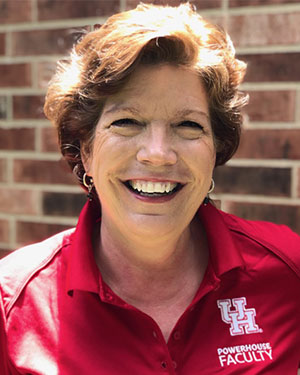
Ramona Mateer
Program Director, teachHOUSTON STEM Interactive
Lecturer, teachHOUSTON, Department of Mathematics, University of Houston
Ramona, a University of Houston alumnus, earned a M.Ed. in Science Curriculum and Technology (University of Texas). She is a former junior high school science teacher and instructional coach. In her free time, she cycles, reads, and enjoys Nintendo Switch online gaming.
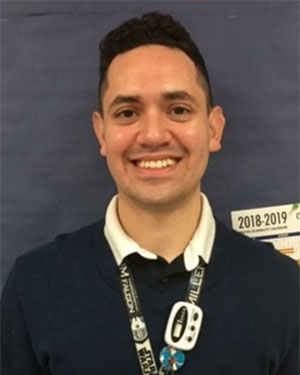
Carlos Perez
Biology Teacher, Cypress-Fairbanks ISD, Cypress Ridge High School, teachHOUSTON Alumnus, Biology Major, University of Houston College of Natural Sciences and Mathematics
Mr. Perez is a Biology teacher at Cypress Ridge High School. He graduated from the teachHOUSTON Program at the University of Houston. He always strives to make science fun and accessible to all students. In his free time, Mr. Perez enjoys learning fun facts about science, and he likes to spend time in nature.

Yolanda Sanchez
Biology, teachHOUSTON Preservice Teacher, University of Houston, College of Natural Sciences and Mathematics
Ms. Sanchez is a senior at the University of Houston majoring in Biology. She is part of teachHOUSTON, a program that prepares STEM majors, like her, to teach. Ms. Sanchez is super passionate about ecology, sustainability, and learning. She believes that everyone can be a scientist, and she is willing to help all her students to get there. In her free time, Ms. Sanchez enjoys being outdoors and going on walks with her dog, Pepper. Ms. Sanchez looks forward to being in the classroom and aspires to be a role model for younger generations.
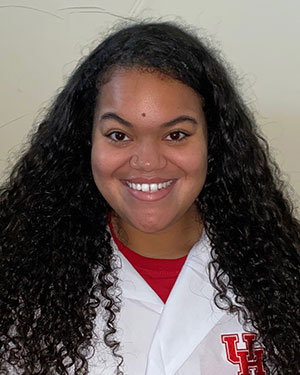
Olivia Pittman
Biologyy, teachHOUSTON Preservice Teacher, University of Houston, College of Natural Sciences and Mathematics
Ms. Pittman is looking forward to taking Genetics and Evolution Biology this year, as an undergraduate at the University of Houston. Some of her favorite things to do range from culturing microorganisms in the lab to making her very own data graphics. When she has time away from her studies, she loves to online shop and watch her go-to reality TV shows. In the future, she hopes to have the chance to excite youth with the same concepts that drive her own interests in the ever-evolving field of science.

Nolan Nash
Mathematics, teachHOUSTON Preservice Teacher, University of Houston, College of Natural Sciences and Mathematics
Mr. Nash is an undergraduate Mathematics major and part of the Honors College at the University of Houston. Some things he’s looking forward to next year are learning more about why math works the way it does. He loves to work with numbers. From timing himself swimming laps to creating mathematical models that help predict the future, numbers are the name of the game when it comes to Mr. Nash.
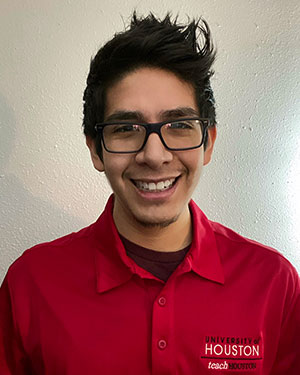
Brian Gonzales
Biology, teachHOUSTON Preservice Teacher, University of Houston, College of Natural Sciences and Mathematics
Mr. Gonzales is an undergraduate at the University of Houston. As a Biology major, he enjoys learning about genetics and how the use of model organisms can help us learn more about diseases in humans. One of his favorite courses involved working with Drosophila melanogaster, a type of fly, to identify the nature and location of an unknown wing mutation.
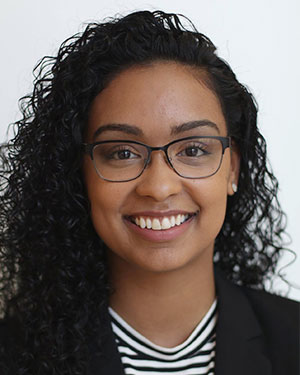
Liandra Larsen
teachHOUSTON STEM Interactive Video Editor
Liandra is a Research Graduate Assistant for the teachHOUSTON Program. Currently, she’s pursuing her Ph.D. in Higher Education Leadership and Policy Studies at the University of Houston. Her research interests include improving the university experience for first-generation and transfer students. In her spare time, she enjoys dancing, binge-watching shows on Netflix, and overspending at Target.
- https://pubs.usgs.gov/gip/dynamic/understanding.html
- https://www.nps.gov/subjects/geology/plate-tectonics-transform-plate-boundaries.htm
- https://www.bgs.ac.uk/discoveringGeology/hazards/volcanoes/home.html
- https://www.britannica.com/science/plate-tectonics
- https://www.nationalgeographic.org/media/plate-tectonics/
- https://pubs.usgs.gov/gip/dynamic/himalaya.html
- https://www.history.com/topics/natural-disasters-and-environment/mount-st-helens
- https://www.youtube.com/watch?v=VNGUdObDoLk
- https://www.youtube.com/watch?v=_r_nFT2m-Vg